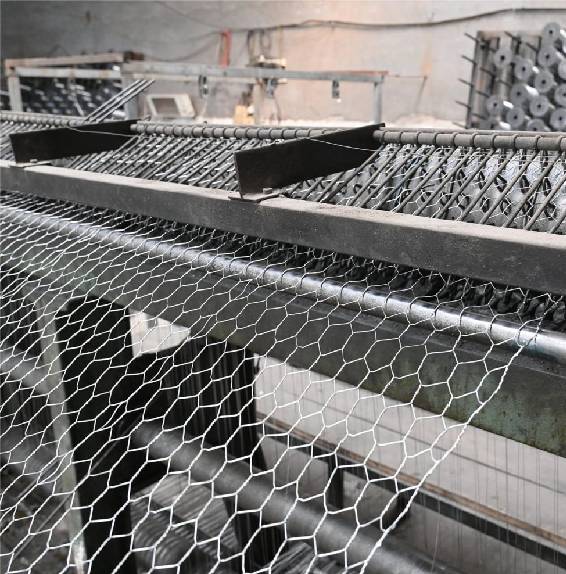Types of Mesh Metal
Exploring the Types of Mesh Metal Applications and Characteristics
Mesh metal materials have gained significant attention across various industries due to their unique properties and versatility. These materials are essentially woven or welded metallic wires that create a grid-like structure, offering a variety of applications from filtration to architectural design. The types of mesh metal can be categorized based on material, weave pattern, and manufacturing techniques, each serving distinct functions and industries.
1. Types Based on Material
The most common types of mesh metals are classified by the materials used to manufacture them.
- Stainless Steel Mesh Known for its strength and resistance to corrosion, stainless steel mesh is widely utilized in industries such as food processing, pharmaceuticals, and chemical manufacturing. Its hygienic properties make it ideal for applications where contamination must be minimized.
- Aluminum Mesh Lightweight and resistant to oxidation, aluminum mesh is favored in applications where weight plays a crucial factor, such as in the automotive and aerospace industries. Its malleability allows for easy manipulation and shaping.
- Brass and Copper Mesh These materials are often employed in decorative applications due to their aesthetic appeal and unique color. Brass and copper mesh are also used in electrical applications, owing to their excellent conductivity.
2. Types Based on Weave Pattern
Mesh metal can also be classified based on different weave patterns, which influence their strength, flexibility, and suitability for various applications.
- Plain Weave This is the most basic type of mesh weave where wires cross each other in a simple over-and-under pattern. Plain weave mesh is widely used for filtration purposes due to its uniform opening size.
types of mesh metal

- Dutch Weave This type features a combination of coarse and fine wires, making it exceptionally strong. Dutch weave mesh is particularly effective in applications requiring high mechanical strength and fine filtration, such as in oil and gas industries.
- Twill Weave Twill weave mesh is known for its diagonal rib pattern, which provides increased flexibility and strength compared to plain weave mesh. It is often used in applications where durability and resilience are essential, such as in protective screens and armors.
3. Types Based on Manufacturing Techniques
The method of production also delineates different types of mesh metal.
- Welded Mesh This type is created by welding the intersecting wires together at the joints. Welded mesh offers enhanced strength and is often used in construction, fencing, and reinforcement applications.
- Woven Mesh Unlike welded mesh, woven mesh is produced by weaving the wires together without any joints. It is generally more flexible and is commonly used in filtration, separation, and screening processes.
- Expanded Metal Created by cutting and stretching a flat sheet of metal, expanded metal offers a unique aesthetic and is known for its high strength-to-weight ratio. It is often used in architectural applications, as well as for protective barriers and gratings.
Conclusion
In summary, the variety of mesh metals available today reflects their wide range of applications and functionalities. Understanding the different types based on material, weave pattern, and manufacturing techniques allows industries to select the best product for their specific needs. Whether in construction, filtration, or decorative services, mesh metals continue to play a crucial role in modern engineering and design.
-
Space-Saving Chain Fence Hacks Vertical Gardening with Cyclone MeshNewsJul.16,2025
-
Innovations in Iron Nail Wire Production for Modern ConstructionNewsJul.16,2025
-
Creative Uses of Wire Netting Fence in Modern Landscape DesignNewsJul.16,2025
-
Barbed Wire Fence Innovations in Anti-Climb TechnologyNewsJul.16,2025
-
Architectural Uses of Umbrella Nails for Aesthetic Roof DesignsNewsJul.16,2025
-
Architectural Uses of Razor Barbed Wire in Secure Urban DesignNewsJul.16,2025




